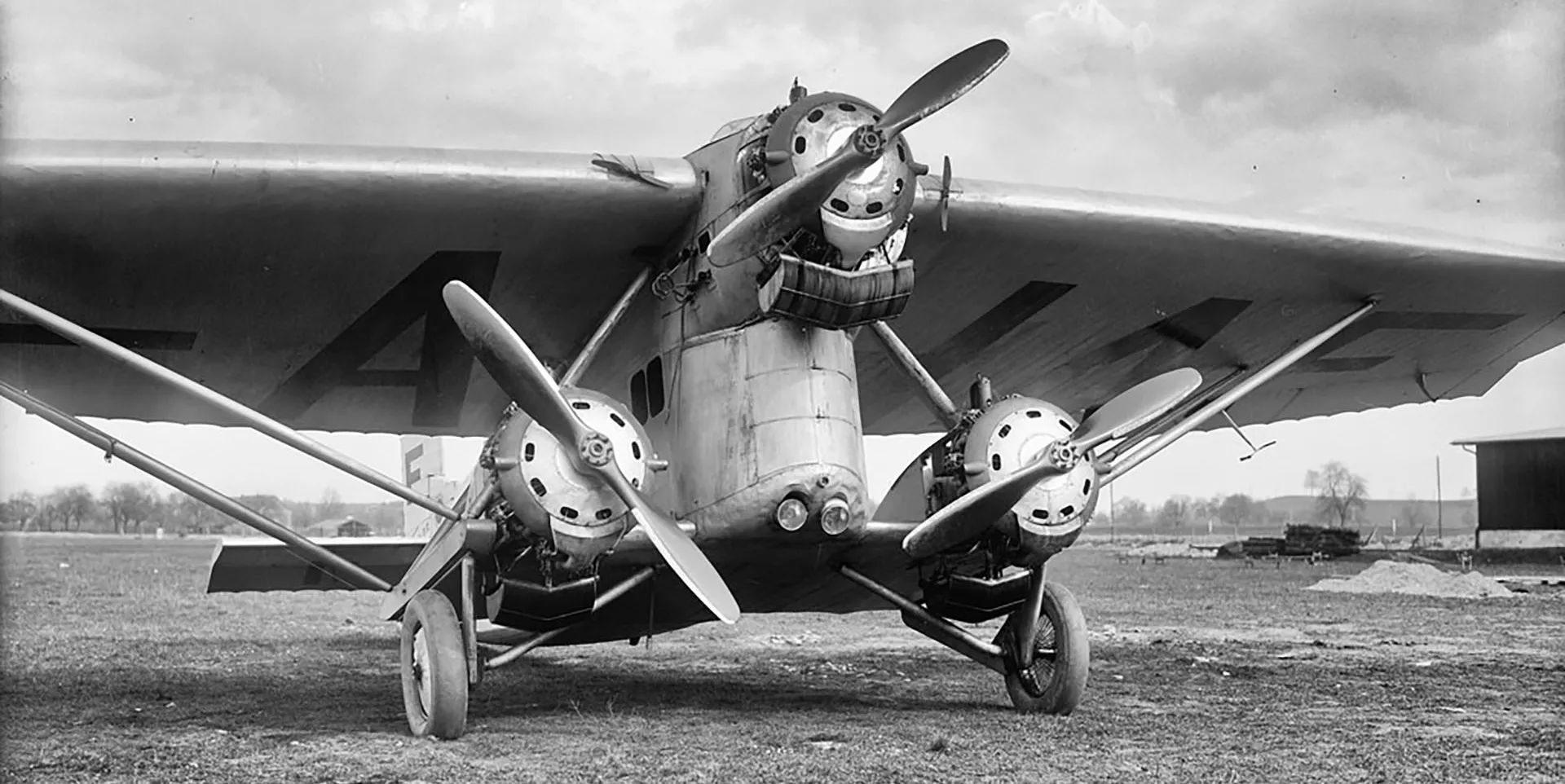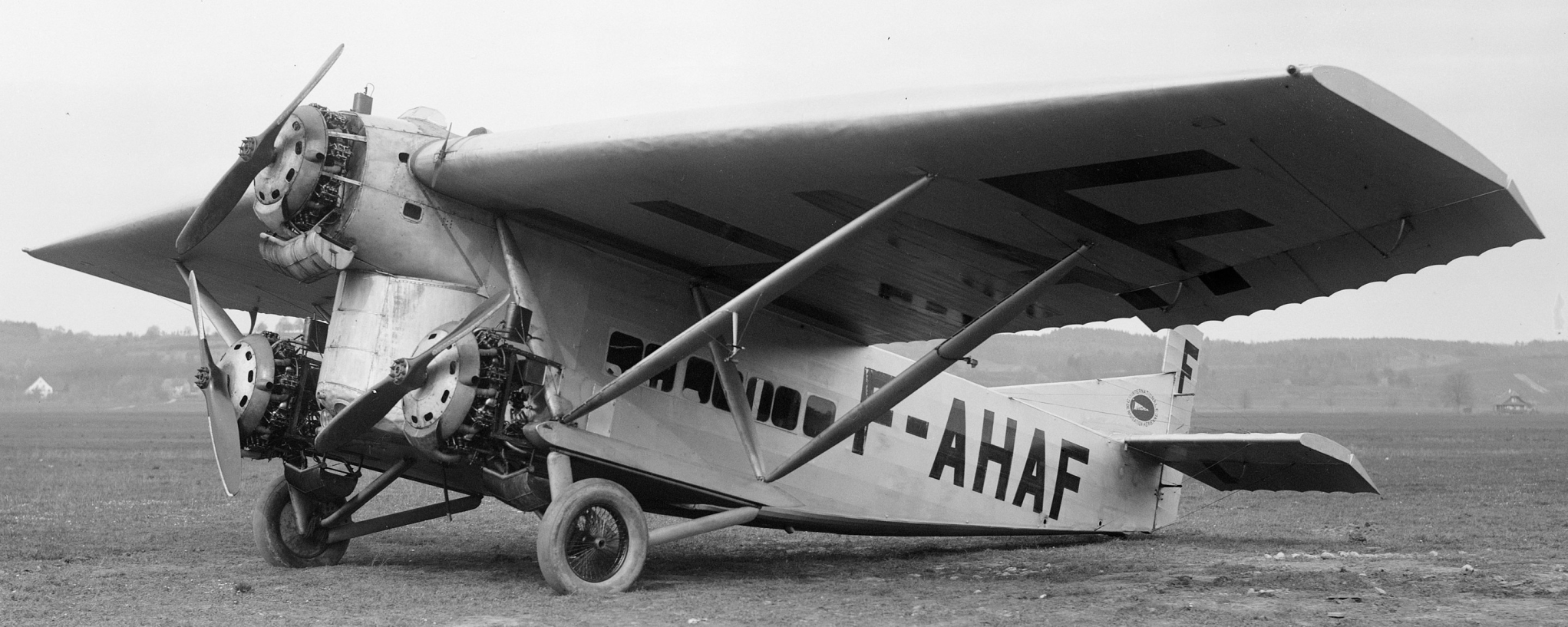Really Peculiar Aircraft
Really Peculiar Aircraft
DeKellis-Oslon Air Truck

The DeKellis-Oslon Air Truck was an experimental American light utility aircraft developed in the 1950s with a focus on simple construction, high payload, and rugged STOL (Short Takeoff and Landing) performance. Intended as an economical "flying truck" for remote areas, it featured a boxy fuselage, high-mounted wing, and tailwheel landing gear, allowing it to operate from unprepared fields.Designed for versatility—carrying cargo, passengers, or agricultural equipment—it was part of a broader effort to create low-cost aviation solutions for civilian and bush use. However, it never went into production and remains a little-known example of postwar utility aircraft innovation.
It was registered in 1955 as N2841D and was designed and built over a period of four years by Thomas E DeKellis at Oroville,California.It is believed to have been built with PA18A wings and the engine was an R-985.It only flew once, a circuit of Oroville airport, but it remained on the aircraft register at least to 1964. It was also blown over at some stage.
This was Mr. Thomas E.DeKellis’ idea of the perfect crop duster aeroplane. Not satisfied with the modified aircraft then available, he thought an triplane design would do a better job. With that formula he intended to improve both maneuverability and carrying capacity. As a plus, those qualities were perfect not only for a duster, but also for a heavy duty light cargo aircraft. This was the only prototype built, with BT-13 surplus pieces by mechanic Alan Olson in 1957. Flown and soon forgotten. (Aviation Rapture)
Farman F.120 Jabiru

(Swissair Photo)
Farman F.4X airliner of Compagnie Internationale de Navigation Aérienne (CIDNA) with French registration F-AHAF at Dübendorf airfield near Zürich, 1925.

(Swissair Photo)
Farman F.4X airliner of Compagnie Internationale de Navigation Aérienne (CIDNA) with French registration F-AHAF at Dübendorf airfield near Zürich, 1925.

(Swissair Photos)
A Farman F.4X of the French airline CIDNA at Dübendorf airfield near Zürich, 1925.
The Farman F.120 were a family of multi-engine monoplane aircraft designed and produced by the French aircraft manufacturer Farman Aviation Works. It was operated in a diverse range of purposes, including as a commercial airliner and as a military bomber aircraft.The F.120, which received the nickname of Jabiru after a Latin American stork, was a fixed-undercarriage monoplane powered by either two, three or four engines, depending on the variant. It featured an unusually broad chord, low aspect-ratio main wing and a relatively deep fuselage. The trimotor variant had the centerline engine mounted high, which gave the aircraft an unusual appearance.
The F.121 or F.3X was the first version to fly, with four 180 hp Hispano-Suiza 8Ac V8 engines mounted in tandem push-pull pairs mounted on stub wings, however, this arrangement caused cooling problems for the rear engines and the F.120/F.4X version followed shortly afterwards, powered by three 300 hp Salmson Az.9 radial engines. Development continued and a single F.122, modified from an F.4X, was powered by a pair of 400 hp Lorraine 12Db engines. Two military versions were also built, the F.123 with two 450 hp Hispano-Suiza 12Hb V12s, or F.124 with two 420 hp Gnome et Rhône 9Ad Jupiter radial engines. (Wikipedia)

In 1934, the Nemuth Parasol, built by students at Miami University, demonstrated that even a circular wing could be used to fly a plane reliably.


(USSR Photos)
The Kalinin K-7 (Калинин К-7) was a heavy experimental aircraft designed and tested in the Soviet Union in the early 1930s. It was of unusual configuration, with twin booms and large underwing pods housing fixed landing gear and machine gun turrets. In the passenger version, seats were arranged inside the 2.3-meter thick (7 ft 7 in) wings. The airframe was welded from KhMA chrome-molybdenum steel. The original design called for six engines in the wing leading edge, but when the projected loaded weight was exceeded, two more engines were added to the trailing edges of the wing, one right and one left of the central passenger pod. Nemecek states in his book that at first only one further pusher engine was added.
Much like other experimental Soviet designs, the K-7 was planned with size in mind and the result was a giant, hulking machine that defied imagination at the time.
The aircraft was conceived by prominent Soviet designer Konstantin Kalinin who set to work on the plane in 1931 at his workshop in Ukraine (then part of the Soviet Union). Although the aircraft was considered a source of pride for the Soviet government, only one example was constructed.
It was also found during test flights that the plane had severe and potentially dangerous vibration issues which led to a redesign of the airframe.
Testing continued until the K-7 was destroyed in a mysterious crash, with findings attributing elevator failure as the cause. The lack of conclusive evidence led to a number of political conspiracy theories and accusations of terrorism being put forward which to this day remain unproven. The K-7 completed its maiden flight on the 11th of August 1933 in Kharkiv under the control of Soviet test pilot M.M. Gromov. (Wikipedia)

(U.S. Air & Space Museum, Smithsonian Institution)
Unveiled on April 1, 1956, the Vertol VZ-2A was one of several experiments toward achieving VTOL flight by tilting wings, motors and rotors together.





